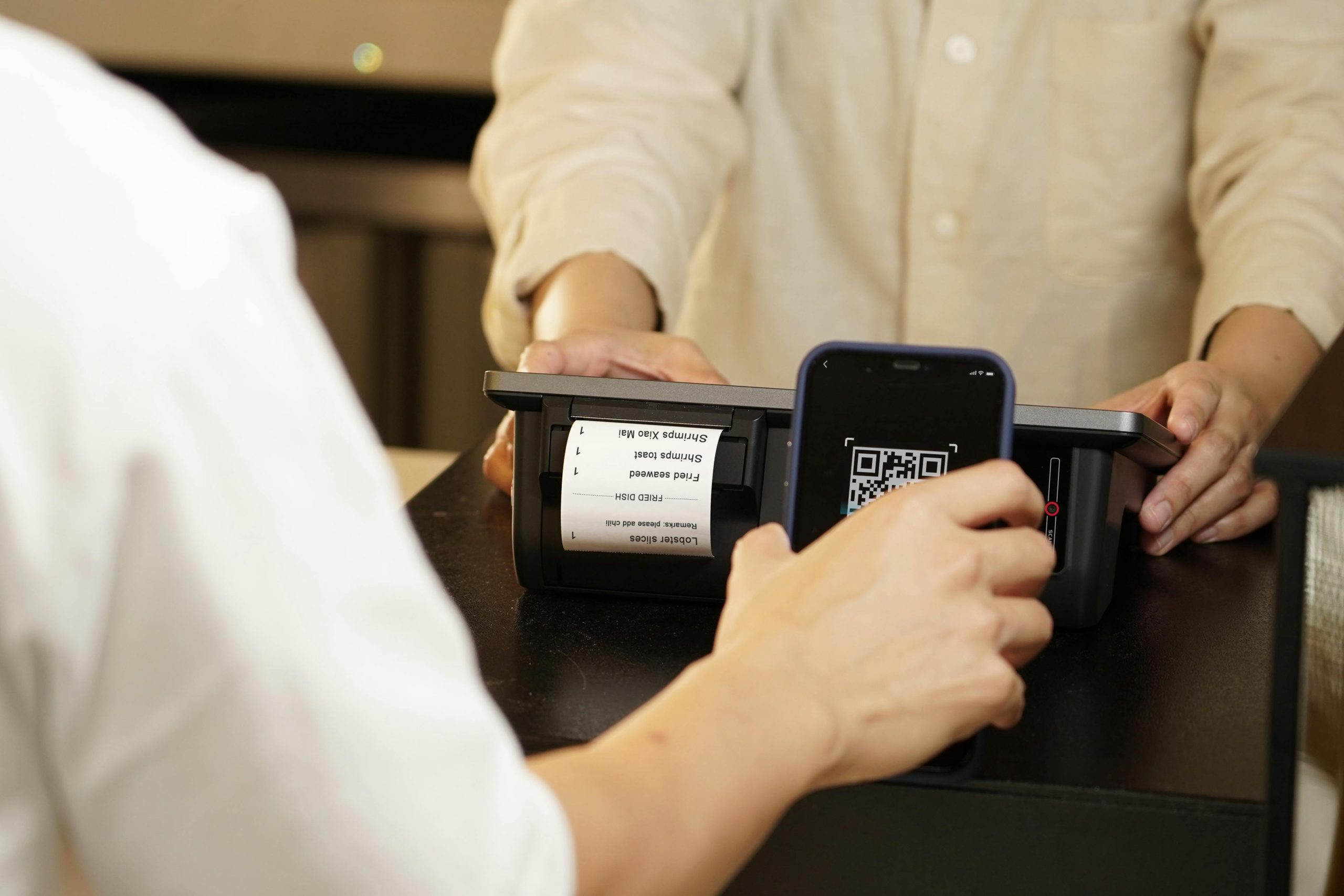The man who gave the world QR codes commutes to work by train

When we pull out our phones and scan a QR code today, few people realize that behind this simple black-and-white image is a modest Japanese engineer. In 1994, while playing the strategy game Go, Masahiro Hara came up with an idea that changed not only industrial production, but later also the everyday lives of millions of people.
His employer, Denso, a subsidiary of Toyota, had been looking for a way to efficiently track parts during assembly since 1992. Traditional barcodes were slow to scan and could only hold a small amount of information. It was often necessary to place multiple codes on a single part, which complicated production. Hara therefore designed a new format – the QR code, a grid composed of pixels that stores data not only horizontally but also vertically.
This innovation made it possible to store thousands of digits and also made the code resistant to damage. The QR code can be read even if it is rotated, tilted, faded, or partially covered. Each black square in the code represents a one, and each white square represents a zero – a simple but ingenious system.
From the production of car parts, QR codes quickly spread to other industries and, with the advent of smartphones, entered the lives of ordinary people. Today, we use them for payments, ticket verification, advertising, and product information. Hara received numerous awards for his invention, including the European Inventor Award in 2014, and in 2024 he visited France for the first time to celebrate the 30th anniversary of the QR code. Yet he remained modest – he did not register a patent, so his invention remained freely available to the whole world.
Today, he is 68 years old, still commutes to work by train every day, and works for the same company. He didn’t need billions to change the world. All he needed was the quiet conviction that some ideas should belong to everyone.
Photo source: www.pexels.com
Author of this article
WAS THIS ARTICLE HELPFUL?
Support us to keep up the good work and to provide you even better content. Your donations will be used to help students get access to quality content for free and pay our contributors’ salaries, who work hard to create this website content! Thank you for all your support!




OR CONTINUE READING